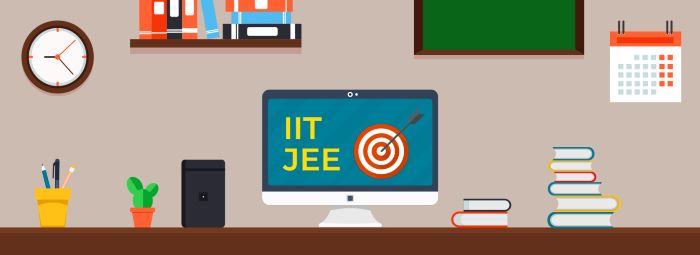Every student’s main goal is to score and achieve high grades. The methods for scoring well differ from person to person. Each student has modified reading, practice, and presentation strategies. Study methods and techniques are critical to achieving good grades. Note-taking is one of the vital study tool. The notes jotted down during the study time are carried out till the final examination. Each person has a varied style of making notes. In this article, we will focus on how to make proper study notes during the course of study.
What Exactly is Note-taking?
Effective note-taking is a critical academic skill to master. A student will have a lot of knowledge and will need to prepare quality notes for recording and memorising them when needed. Making notes is also a learning process. It aids in the clear processing and comprehension of the subject. During the note-taking process, the student will read the theories and jot down the key points in a clear manner for easy comprehension and future revision. This process helps to recollect what is read, and also, by writing, the concepts get engraved easily into the minds of the students.
Also Read: How to Register for NEET 2023?
Write What is Needed
Making notes does not mean writing down all of the answers or points in great detail. It entails summarising the points. Try not to overload the notes with text. Remember to include any relevant graphs, charts, or diagrams in the notes. Create tables to summarise important information for comparison or visualisation. For instance, a simple note in a physics chapter may consist of definitions, formulae, equations and their laws, a full form list related to that concept and diagrams. A short and crisp written format of the entire chapter is regarded as notes. These notes must carry all the vital information so that one does not need to refer to the textbooks again.
Methods of Taking Notes
There are various methods of taking notes. The learner can follow any of the given methods for preparing notes.
- Cornell method: The Cornell note-taking method aids in the organisation of notes into digestible summaries. This method is useful because it keeps the major points, information, research cues, and synopsis all in one place.
- Outline method: The outline method is one of the most effective and widely used note-taking techniques for students and professionals. It enables them to organise the notes in a logical manner. This also saves a lot of time for additional reviewing and editing. Begin by writing the main topics on the far left side of the page, then add connected sub-headings in bullet points below using markings.
- Charting method: This is a practical and organised method of taking notes that involves a large amount of data in the type of facts and statistics that one can thoroughly learn. The data will be recorded in several columns, much like a table or spreadsheet. Because each record in a database is a category, the rows are easily identified.
Also Read: Essay Typer – Free Writing Service: Paper Generator & Rewriter
Use Reference Material
To help reinforce the material, read both the syllabus and the professor’s lecture notes for each individual concept. Include the vocabulary terms and definitions in the notes, and summarise important thoughts into words. This will aid in the transition from passively having studied the notes to actually participating with the notes by phrasing the details to the individual’s comprehension. By referring to the various books, one will get a clear picture of the concepts, theories, formulae and general full forms used in the chapters.
Notes and Revision Go Hand in Hand
Revision is an essential part of learning. It assists the student in analysing their preparation prior to the examination. Unfortunately, many students do not devote enough time to revision. At this point, these notes are crucial in revising the subject in a shorter and more straightforward manner. The notes aid in understanding and remembering the material, as well as making connections with the concepts. It aids in properly structuring the responses. The notes are three steps ahead. The notes function as a read, record, and revise mechanism. When the student reads it, they will automatically track it in their mind, which will aid in revision.
Making notes should become a habit for students from an early age. Taking notes during the lecture has additional benefits. These notes serve as a plot for the chapter and can be easily linked to the forthcoming topics and subjects. One must adopt the method of taking notes for convenient and smoother study techniques, which will help the student score top grades with relevant subject understanding and ideas of the concepts taught.


